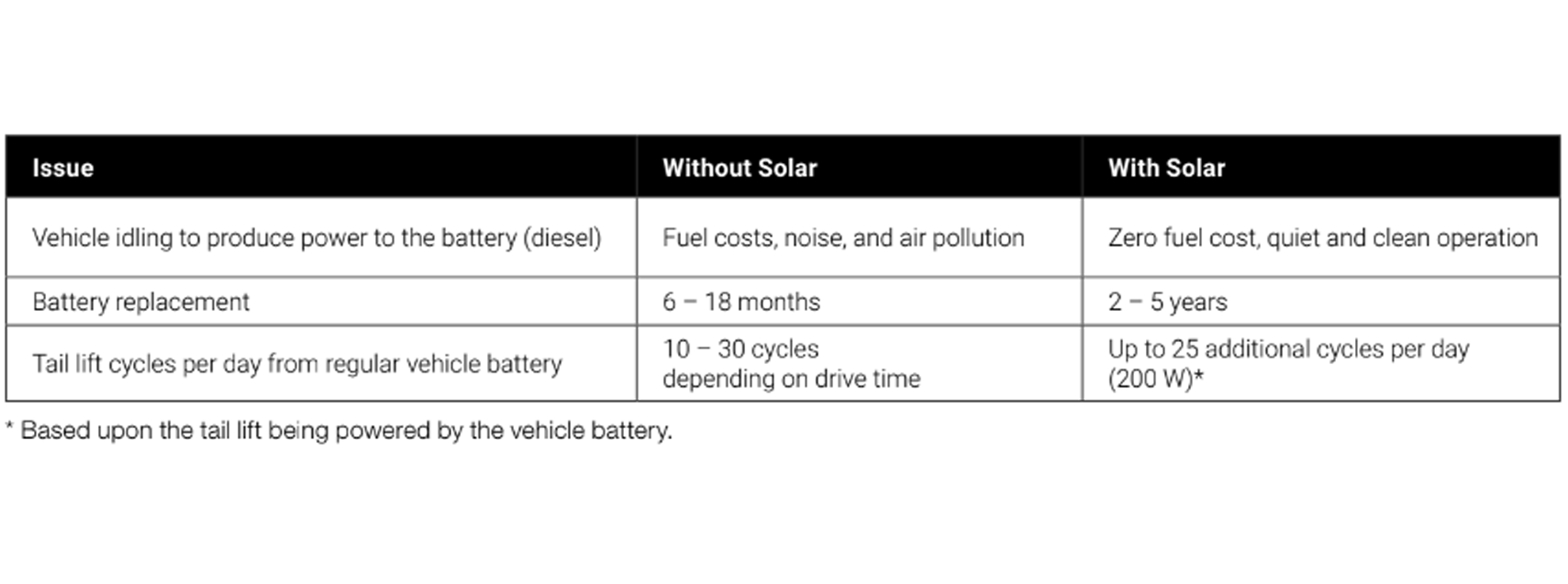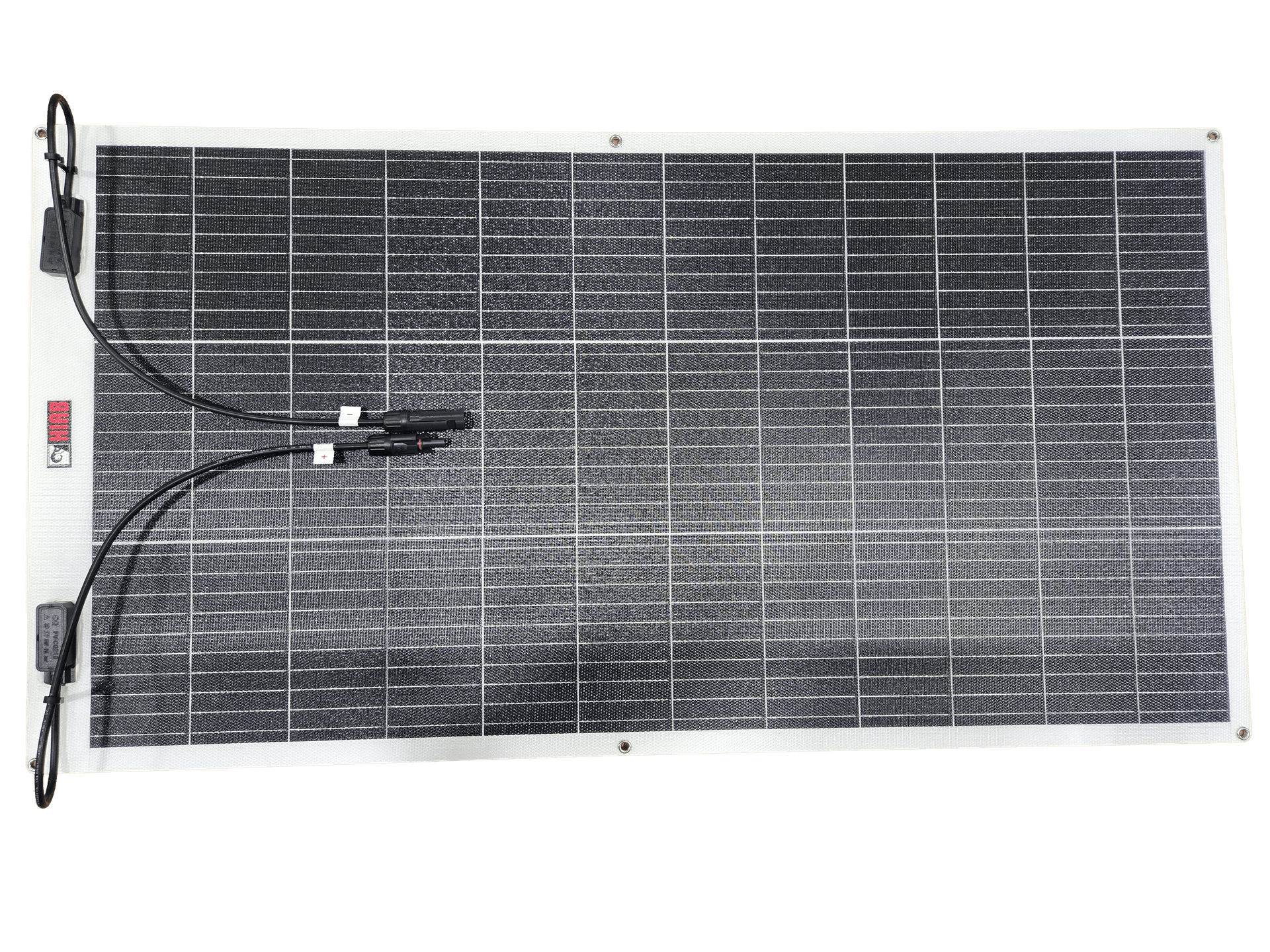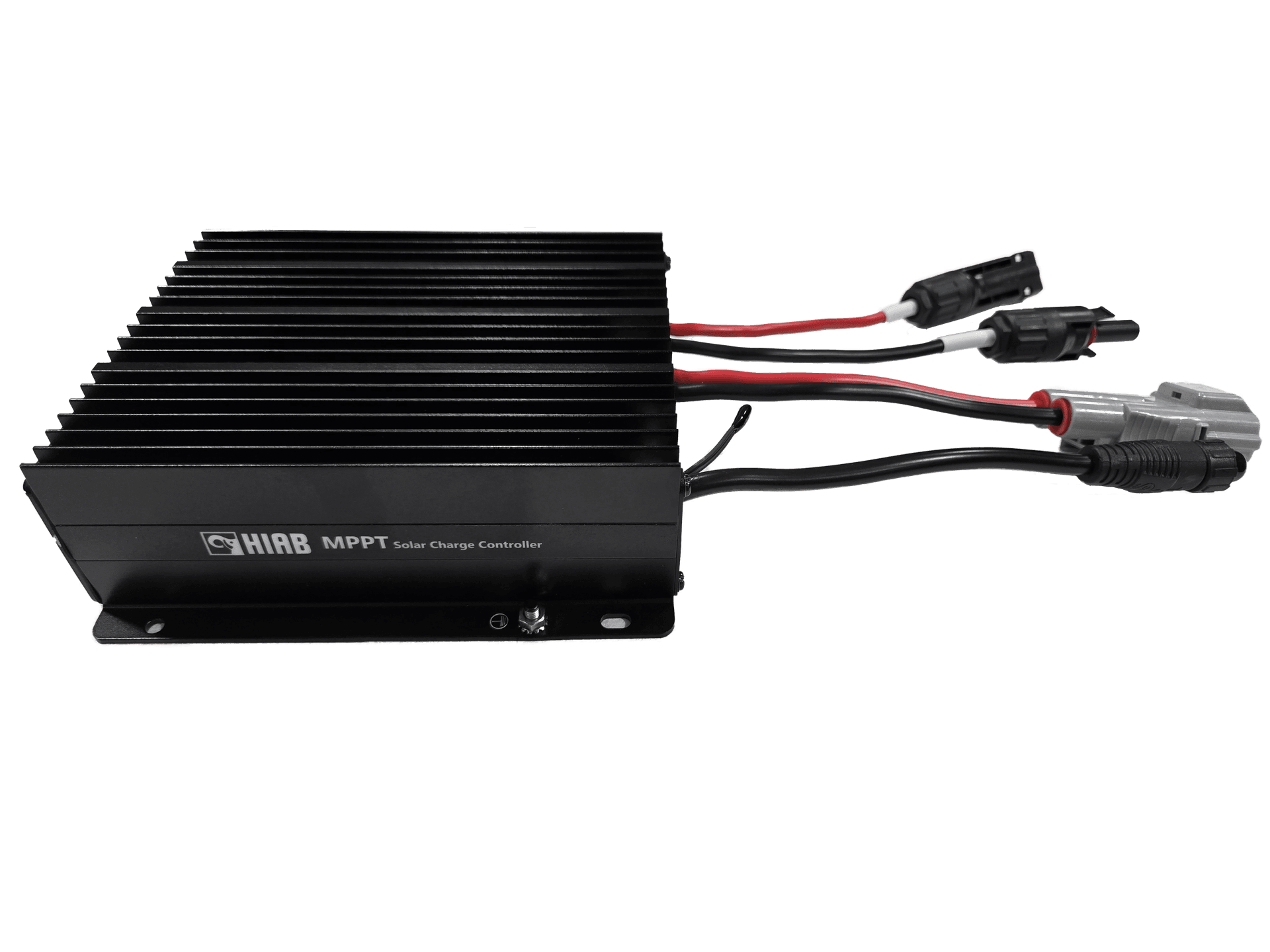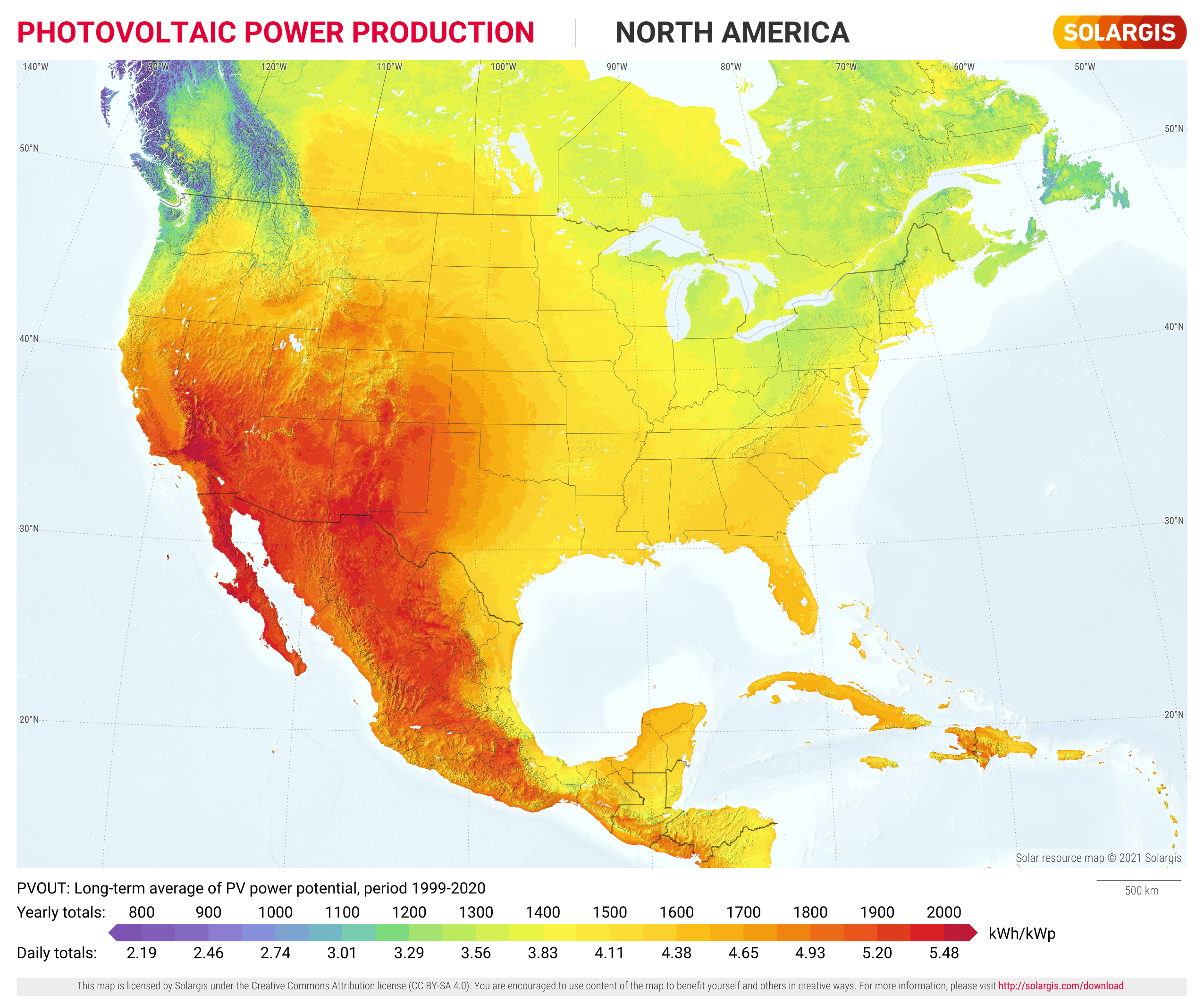- Hiab Corporate
- WALTCO
- WALTCO Solar Charger
Maximize the use of your liftgate
Research shows that most road calls are related to power failures. The WALTCO Solar charging solution resolves this problem by generating power through solar panels on the roof of your truck or trailer and storing it in your liftgate battery.
Stay charged
- Unlimited energy source
- Power generation without marginal cost
- Supports battery charging to optimum level
- Charging continues even when your vehicle is stationary
- Never overcharges
- Suitable for retrofits and new equipment

DIESEL VEHICLES AND TRAILERS
Maximize the use and service life of your liftgate while keeping battery performance and reducing emissions.
- Extend battery life by maintaining optimum health
- Protect your liftgate by avoiding voltage drops
- Reduce emissions by avoiding idling
- Avoid start up issues with optimal charge
- Charging source independent of tractor
- Optional Dual Charge kit for charging and maintaining 24V pallet jack batteries
ELECTRIC VEHICLES
Maximize the use of your liftgate while protecting the range of your electric vehicle.
- Preserve your vehicle range when using your liftgate
- Provide additional power to support auxiliary equipment

Why choose solar power?
The sun’s power is unlimited, making it our most reliable energy source. It’s clean, cost-effective, and infinitely renewable. More importantly, with solar power your liftgate battery never dies. It keeps charging even when your vehicle is stationary, and never overcharges. All this means you can put an end to stops caused by power problems and maximize the uptime of your fleet.

THE PANELS
- Lightweight, less than 3 mm thick
- Durable, with impermeable lamination coating
- Modular and easy to install
- High-efficiency, monocrystalline cells
- Configurable to fit every application
- Does not affect overall unit height

SOLAR CONTROLLER
- Maximum power point tracking (MPPT) controller
- Monitors battery health
- Prevents overcharging
- Extends battery life with up to 50%
- LED panel for easy diagnostics
Panels installed in 4 easy steps

1. Clean the installation area

2. Lay out the panels

3. Attach the panels

4. Harness the electrical routing
Specification
| Specifications | ||
| System charge voltage | 12V | 24V |
| Max rated system charge current | 30 Amp | |
| Max system input Power | 400W | 800W |
| Max system input Voltage | 100V (4 solar panels connected in series) | |
| 100W panel voltage | 21V | |
| 100W panel dimensions | 40.5" x 21.5" x 0.1" | |
| Weight of Liftgate Charge Kit | 21-25 lbs. | |
| Weight of Dual Charge Kit | 47-58 lbs. | |
Outstanding and proven solution
- Intelligent solar controller
- Cells on panels won’t crack
- One cell broken – remaining cells on the panel keep working
- 5 years positive experience mounted on vehicles and trailers with WALTCO liftgates in North America
- 5 year warranty
FAQ
Are solar panels available as retrofit kits?
Yes – the panels are quick and easy to install as retrofit.
Should liftgate batteries be replaced when installing a solar panel retrofit kit?
We recommend installing fresh batteries with the solar charging solution.
How long does it take to install the WALTCO Solar charging solution?
Installation takes approximately two hours.
Does the vehicle auxiliary battery system still get wired to the solar charging system?
Yes, solar panels assist with maintaining batteries’ optimal charge level, between 12.7 and 14.4 volts, but the battery should still be charged off the truck alternator in addition to the solar panels.
Is there an option for solar charging a pallet jack?
Yes, the Dual Charge kit option includes an independent charge controller and solar panels for maintaining 24V pallet jack batteries. With redundant charge systems, the liftgate and pallet jack will receive full charge potential at all times.
Does the WALTCO Solar charging solution carry a warranty?
The WALTCO Solar charging solution carries a 5 year warranty.
What about snow, ice, and dirt?
Because ice is translucent, it restricts but doesn’t prevent solar charging. Enough snow will block out the sun and prevent charging. However, as snow must generally be removed from highway vehicles, this issue is easily avoided. As for dirt, the solar panels are easy to clean, with rain doing some of the work for you. The panels’ placement also makes it unlikely that accumulated dirt will disrupt charging.
Will I get enough sun to charge my battery?
While the photovoltaic power potential (PVOUT) does vary between regions, the difference is smaller than you may think. Check the Global Solar Atlas to find the average PVOUT in your region.

©2025 Hiab Corporation